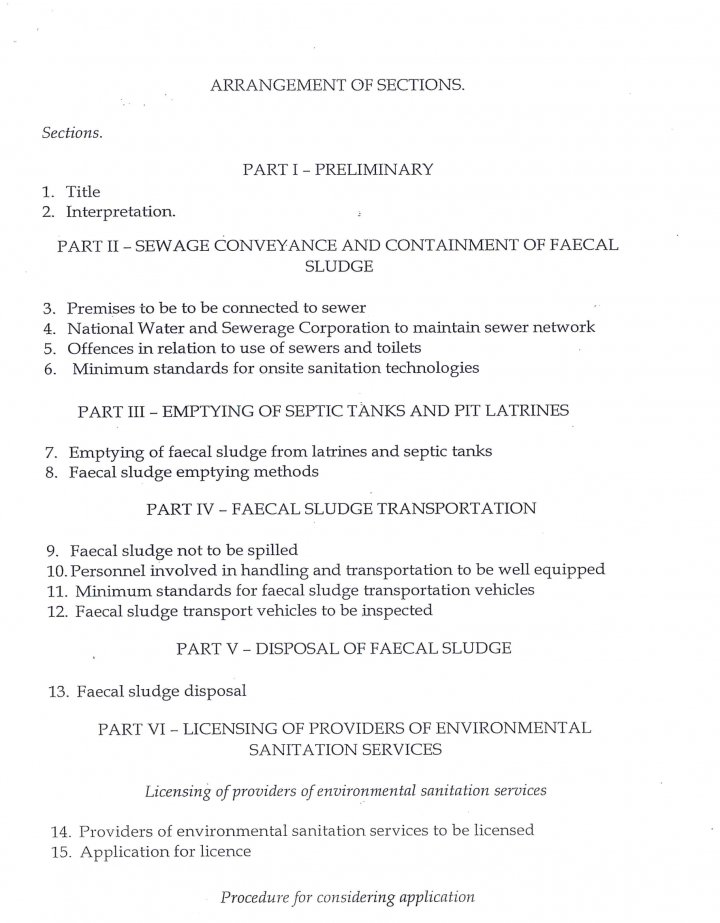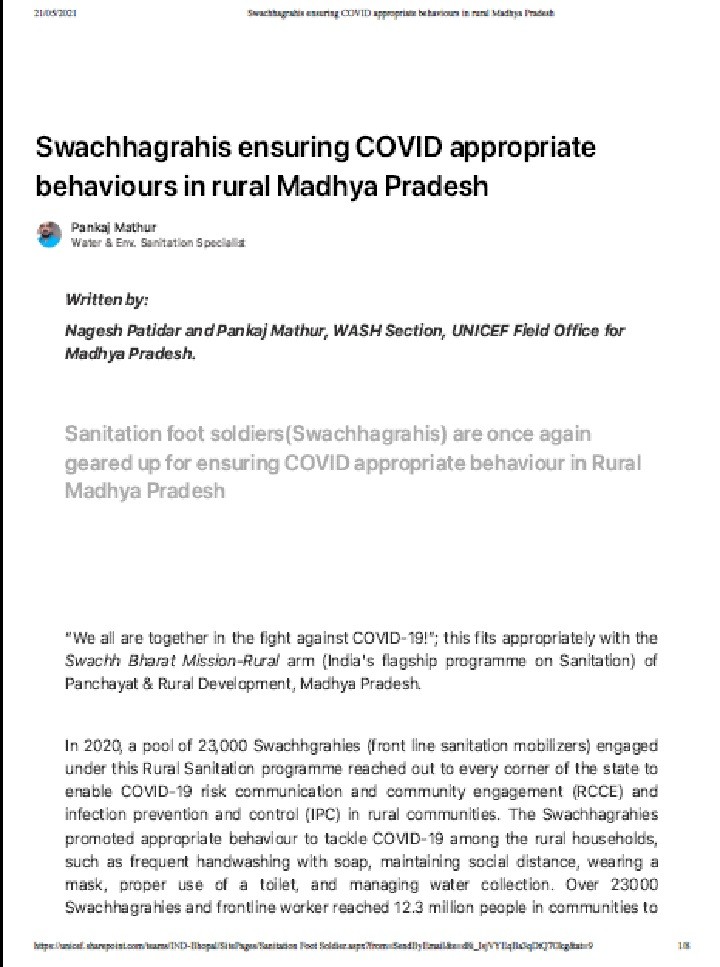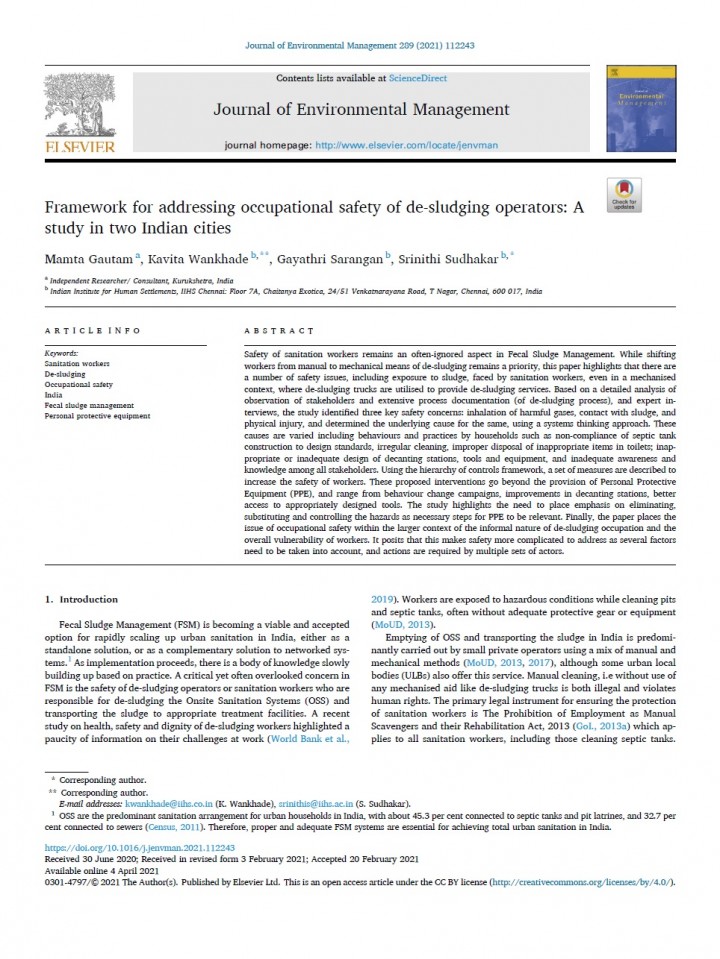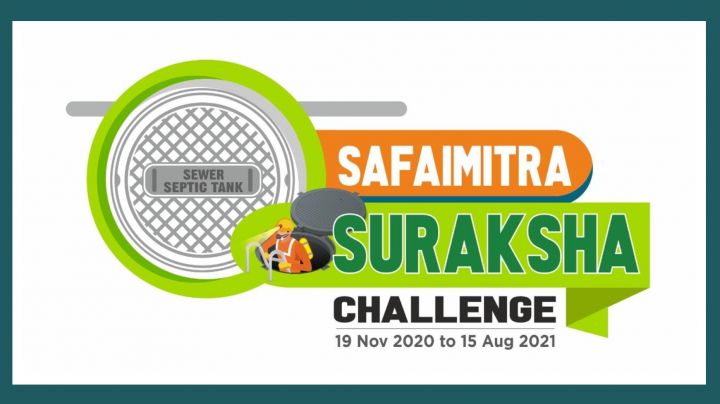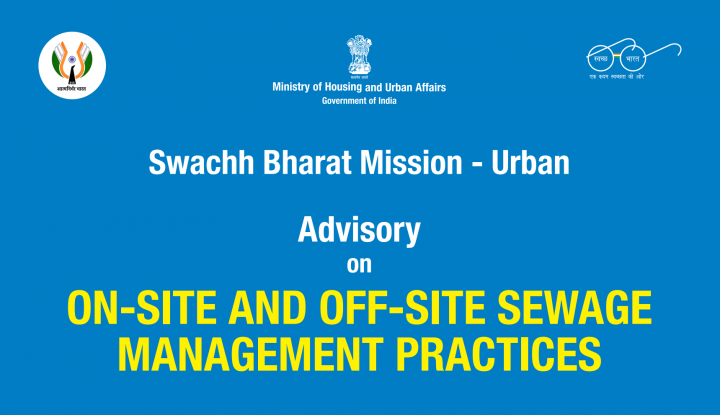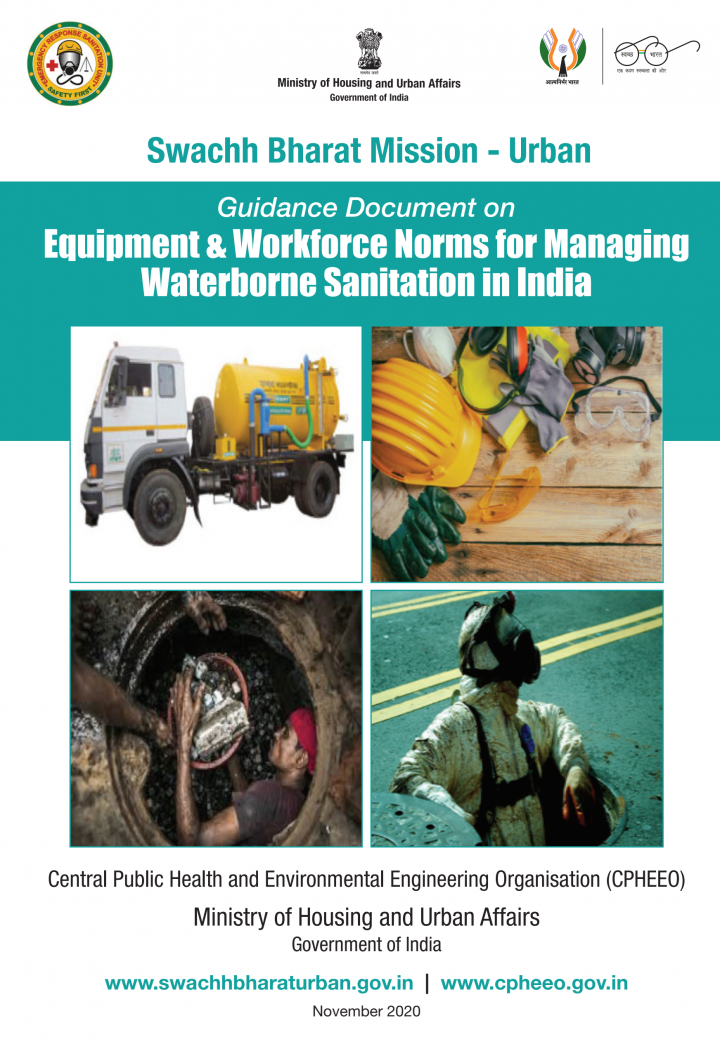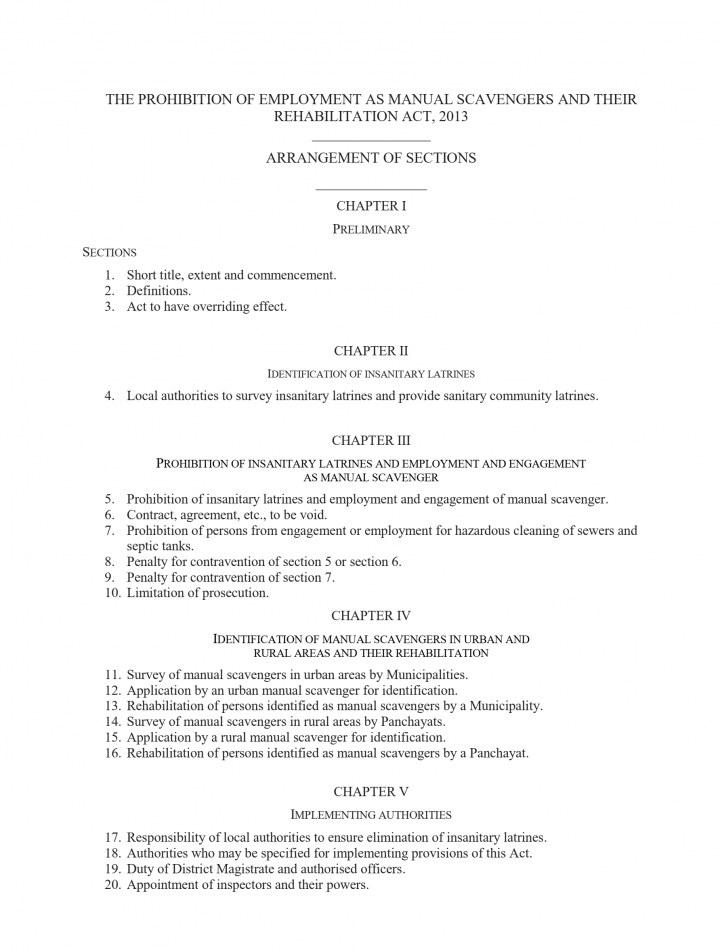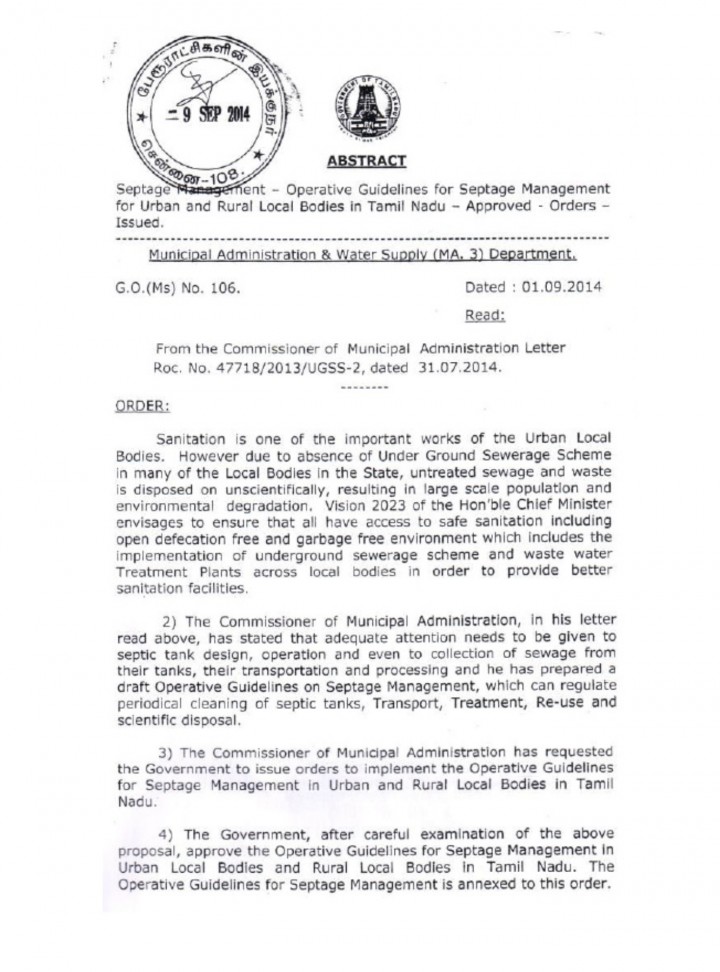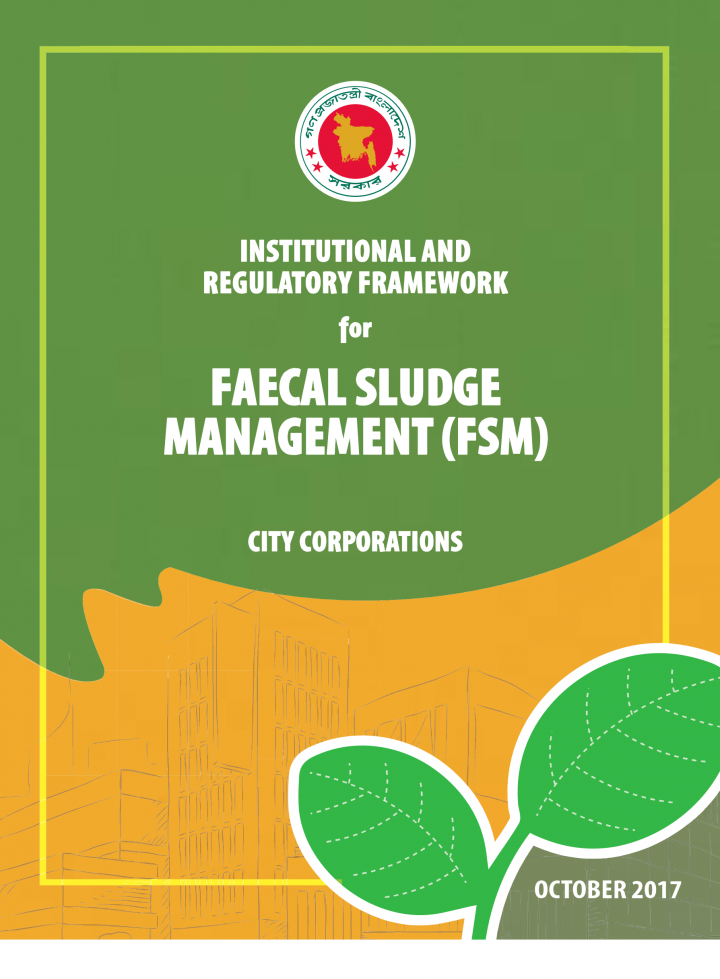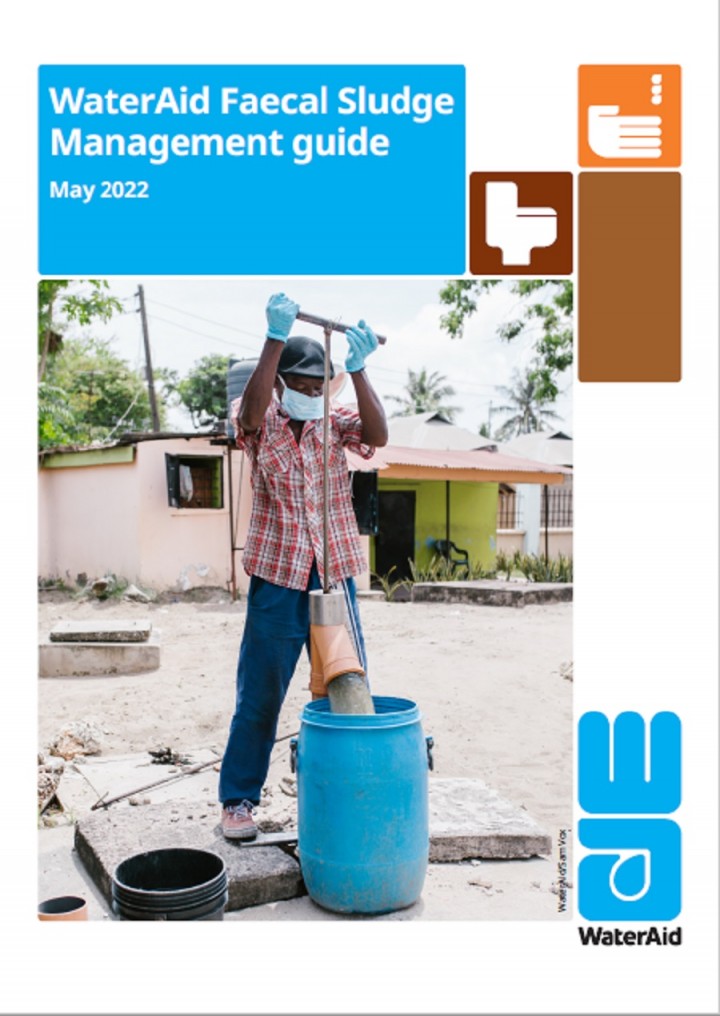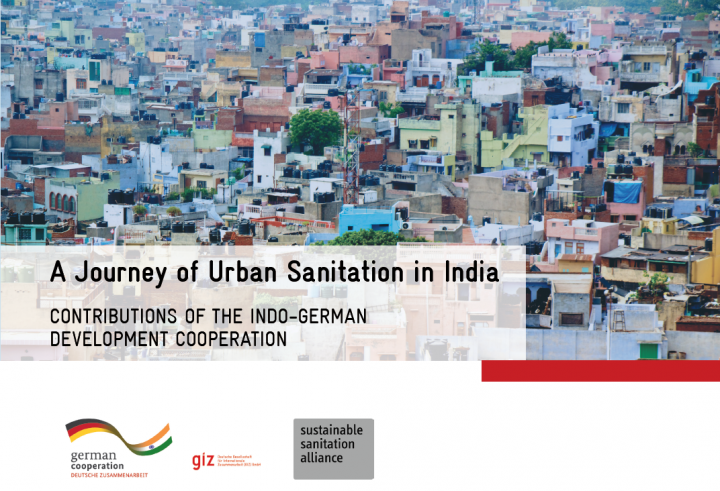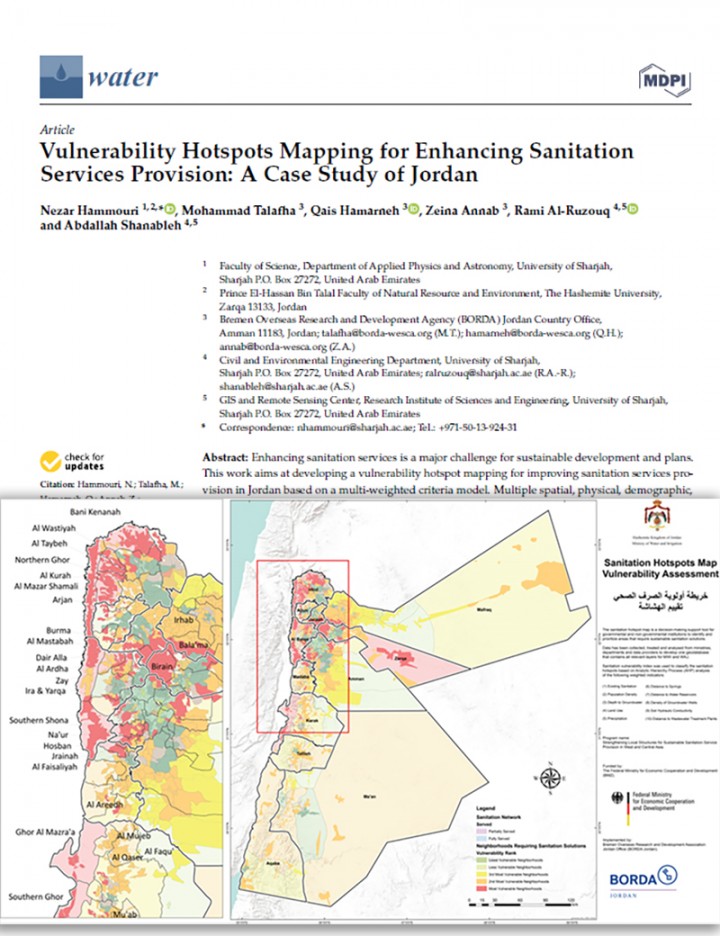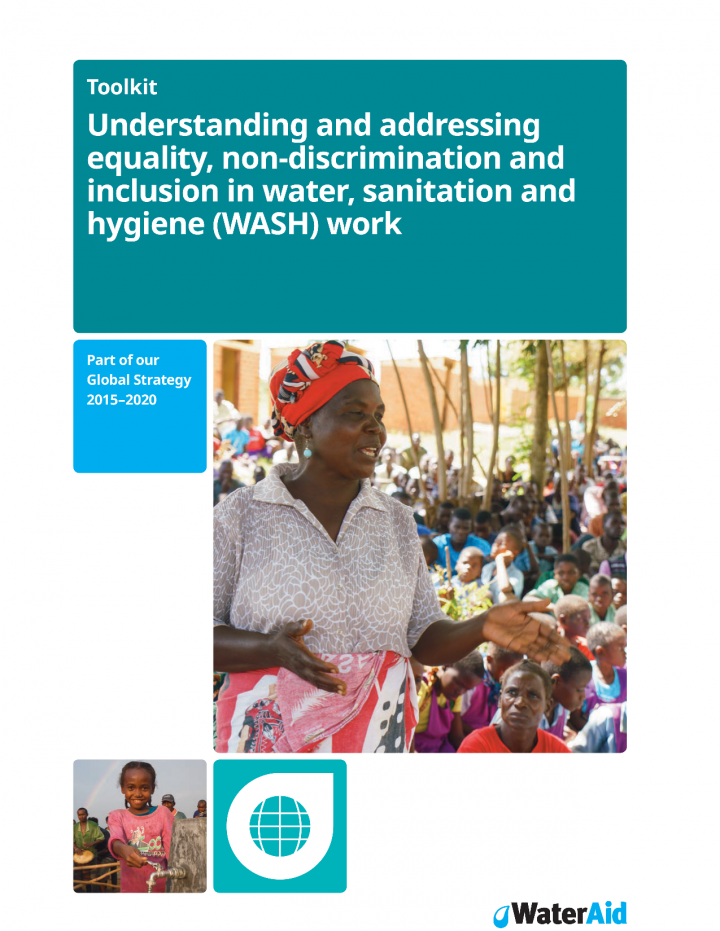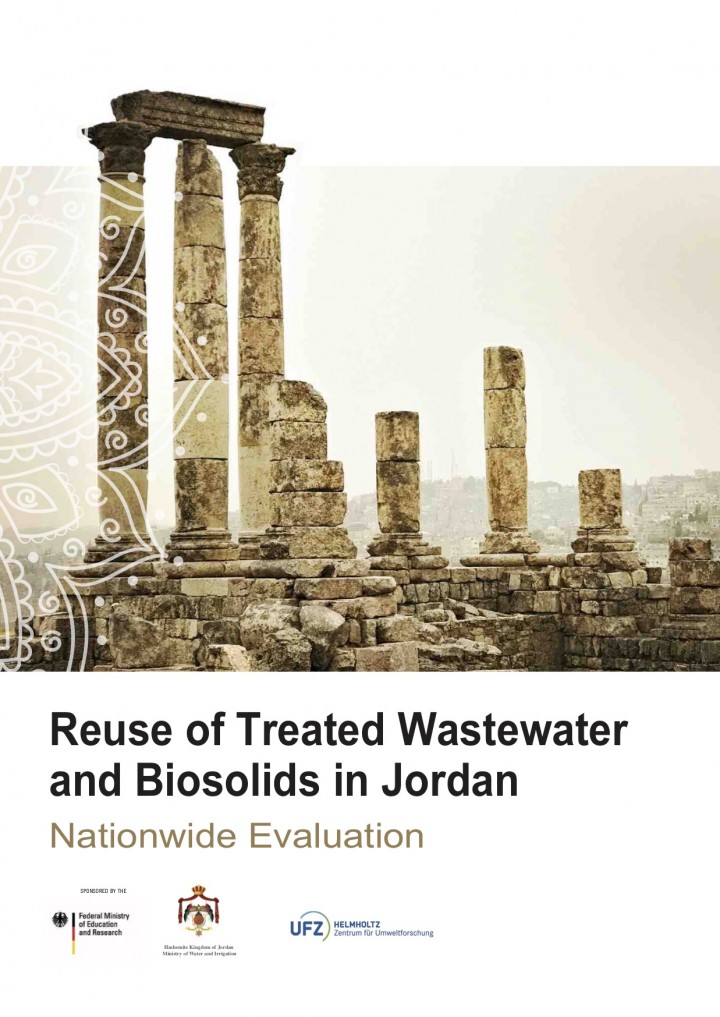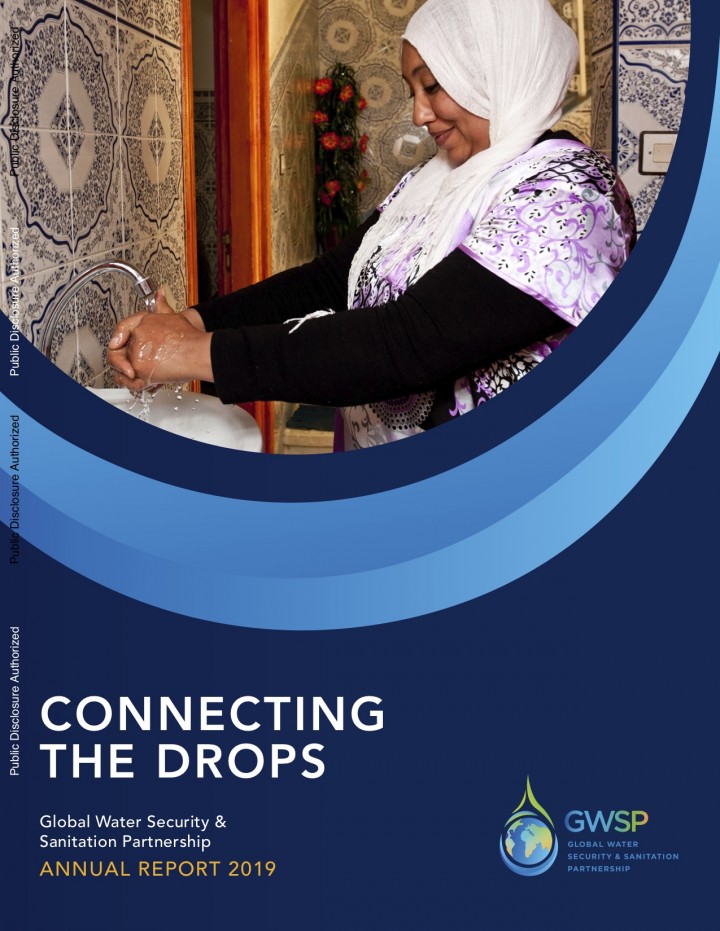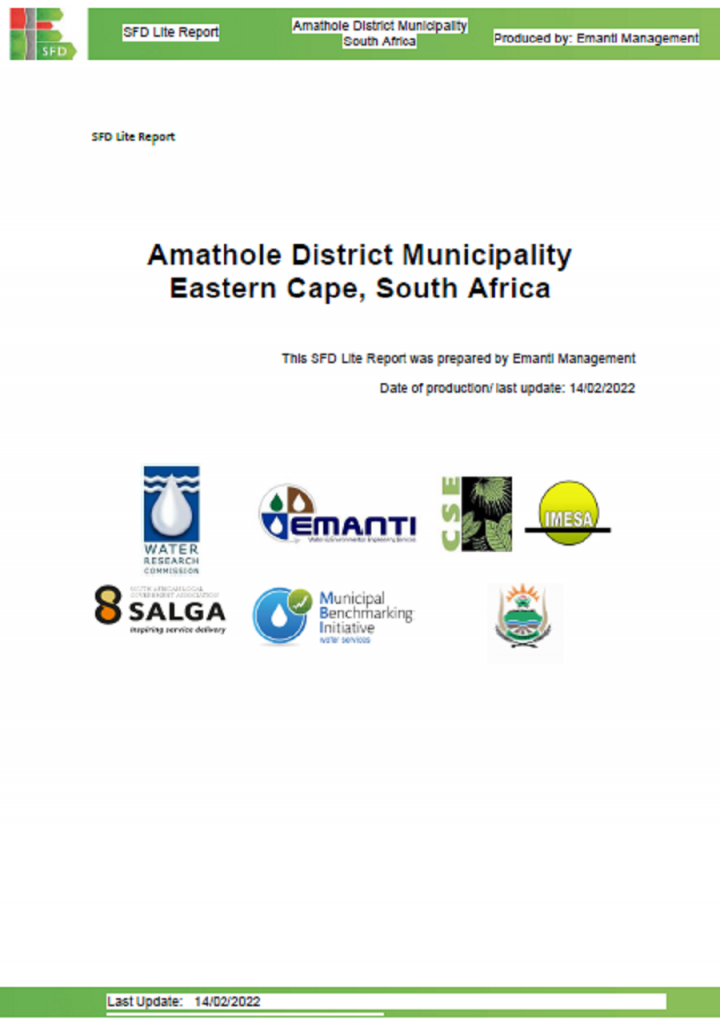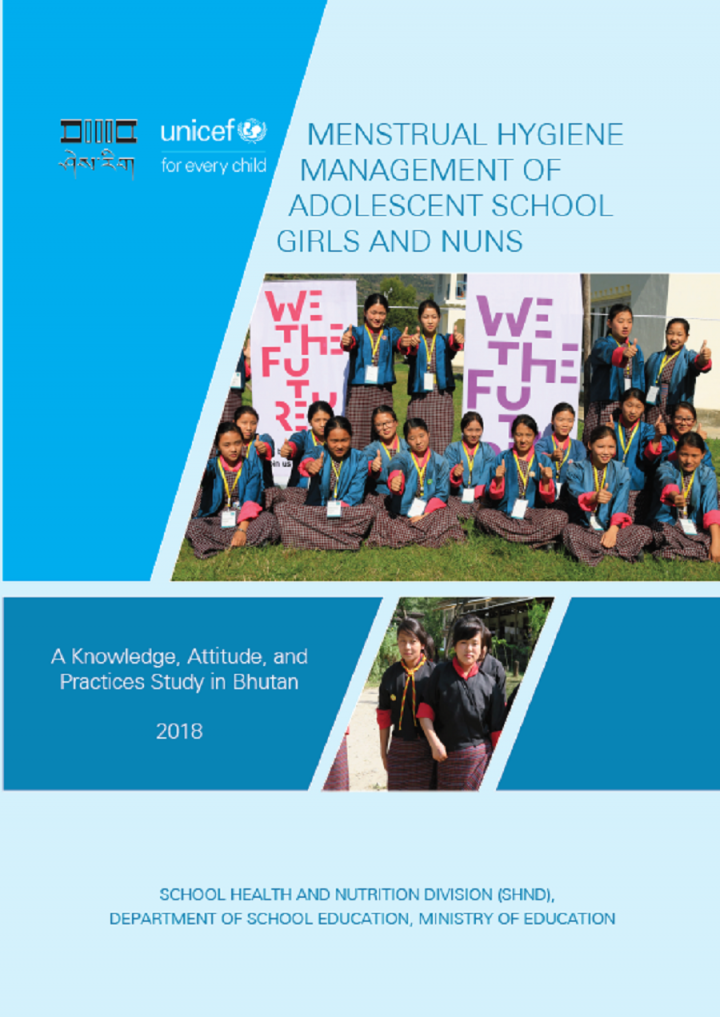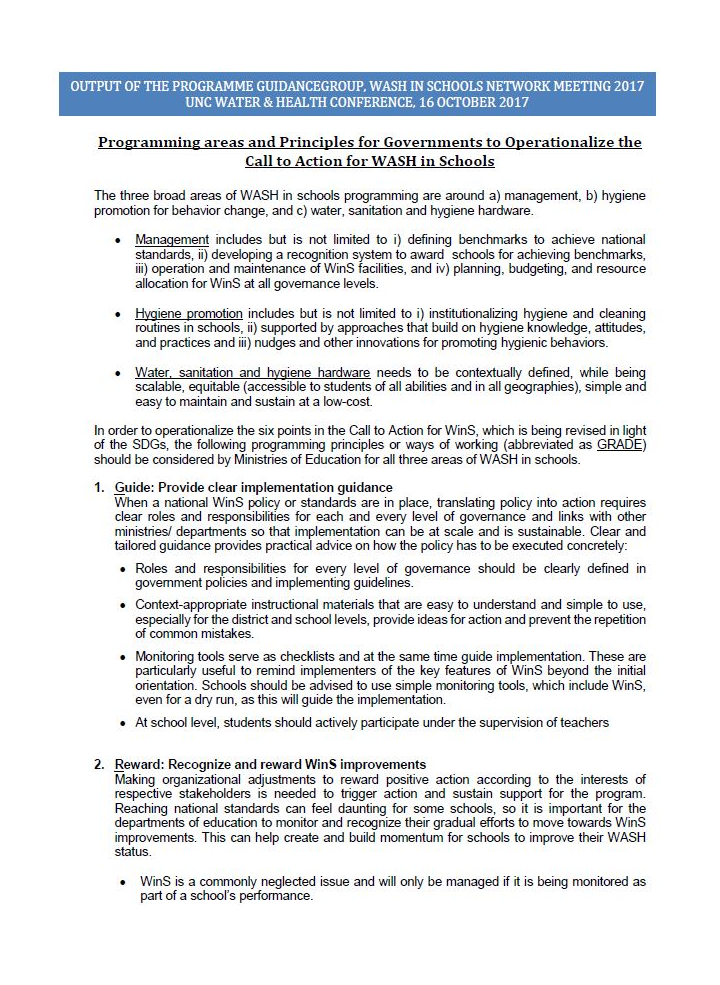Searching for information on Sanitation Workers?
The Sanitation Workers Knowledge + Learning Hub is the best source for all current news, trends, articles and updates on sanitation workers rights around the world.
Safety of sanitation workers remains an often-ignored aspect in Fecal Sludge Management. While shifting workers from manual to mechanical means of de-sludging remains a priority, this paper highlights that there are a number of safety issues, including exposure to sludge, faced by sanitation workers, even in a mechanised context, where de-sludging trucks are utilised to provide de-sludging …
The fast pace of urbanization – primarily due to the quest for good quality education, healthcare facilities, job opportunities, rapid changes in lifestyle and growing aspirations in urban areas– coupled with spurt in economic activities has compounded the sanitation challenges in urban areas, as creation of sanitation infrastructure could not keep pace with urbanization. India is signatory …
This Guidance Document on Equipment & Workforce Norms for Managing Waterborne Sanitation in India is prepared keeping in view the Safai-mitra Suraksha Challenge, 2021.
All sanitary structures like sewer and septic tanks which manage sewage are susceptible to getting choked at some point of time due to ingress and settling of solids and require regular cleaning or maintenance. Cleaning of sewer …
La présente Norme internationale a pour objectif de faciliter le développement de systèmes d'assainissement autonomes conçus pour répondre aux besoins essentiels en matière d'assainissement et de favoriser la durabilité économique, sociale et environnementale, grâce à des stratégies pouvant consister réduire à la consommation des ressources (par exemple, l'eau, l'énergie) et à …
The partially treated sewage that is stored in a septic tank is commonly called as Septage. It includes the liquids, solids (sludge), as well as the fats, oils and grease (scum) that accumulate in septic tanks over time. Septage management includes the entire process of design, collection, safe treatment& disposal of septage based on generation of sewage. A comprehensive program that regulates …
KCCA’s current drive towards improving faecal sludge management in Kampala is cognisant of the city sanitation challenges and significant contribution of sanitation to economic and social development of the country and thus its citizens. The Authority and its divisions have an intermediary function for the coordination of sanitation planning and the harmonisation with urban development …
In Bangladesh, on-site sanitation is prevalent throughout the country except for a small portion in Dhaka city, and the huge quantity of faecal sludge generated in septic tanks and pits (of pit/ pour-flush latrines) is inaptly managed. Lack of Faecal Sludge Management (FSM) services is causing severe environmental pollution, particularly in urban areas, affecting both public health and economy. …
Faecal sludge management is the collection, transport, treatment and reuse or disposal of faecal sludge from pit latrines, septic tanks and other on-site sanitation technologies, and is crucial to achievement of the Sustainable Development Goals. You can use this guide as a reference document to help create better sanitation programmes, specifically to make sure sanitation is safely managed for …
The sanitation situation in India has improved significantly in the last few years. This has been made possible by the foundation laid by various efforts - policies, programmes, investments and collaborations - over the years.
This publication aims at describing India’s urban sanitation journey and the contribution to it by the Indo-German Development Cooperation specially over the last ten …
Enhancing sanitation services is a major challenge for sustainable development and plans.
This work aims at developing a vulnerability hotspot mapping for improving sanitation services provision
in Jordan based on a multi-weighted criteria model. Multiple spatial, physical, demographic,
social, economic, and sanitation data were collected and compiled using GIS. We also considered
experts’ …
Water scarcity in the Arab region is intensifying due to population growth, economic development, and the impacts of climate change. It is manifested in groundwater depletion, freshwater ecosystem degradation, deteriorating water quality, low levels of water storage per capita, and added pressures on transboundary water resources. High‐income Arab countries have sought to circumvent the …
This resource provides you with a framework for making your work more inclusive and includes tools you can use to put the theory into practice. There are so many tools available it can be hard to know which ones to choose and when to use them. This resource brings together tried and tested resources that will help you embed equality, non-discrimination and inclusion in your work.
This study will give an overview on the actual amounts of TWW and existing reuse practices in Jordan. By using Geographical Information Systems 33 centralized wastewater treatment systems that serve communities bigger than 5000 PE have been mapped and the actual amount and quality of TWW (about 163 MCM in 2018) and its reuse is discussed, and the best practice examples for the reuse of TWW and …
The Global Water Security & Sanitation Partnership (GWSP) is an international partnership launched in 2017 to support countries around the world in meeting the targets related to water in the Sustainable Development Goals (SDGs), particularly those of Goal 6, which calls on the global community to “ensure availability and sustainable management of water and sanitation for all.” Administered …
The Amathole District Municipality (ADM) is in the central part of the Eastern Cape Province, South Africa. The Amathole DM covers 200 km of coastline of the Indian Ocean in the south to the Amathole Mountains in the north. The DM jurisdiction includes large parts of the previously disadvantaged Ciskei and Transkei homelands. The land of the DM is 21,229 square kilometres (km2) (Amathole District …
The uMshwathi Local Municipality is the largest of the six smaller local municipalities in the uMgungundlovu District Municipality. The local municipality is in an area that was largely under the control of tribal authorities until very recently. There are towns, however, that were built by German immigrants some 150 years ago. The land area of uMshwati LM is approximately 1,866 square kilometres …

